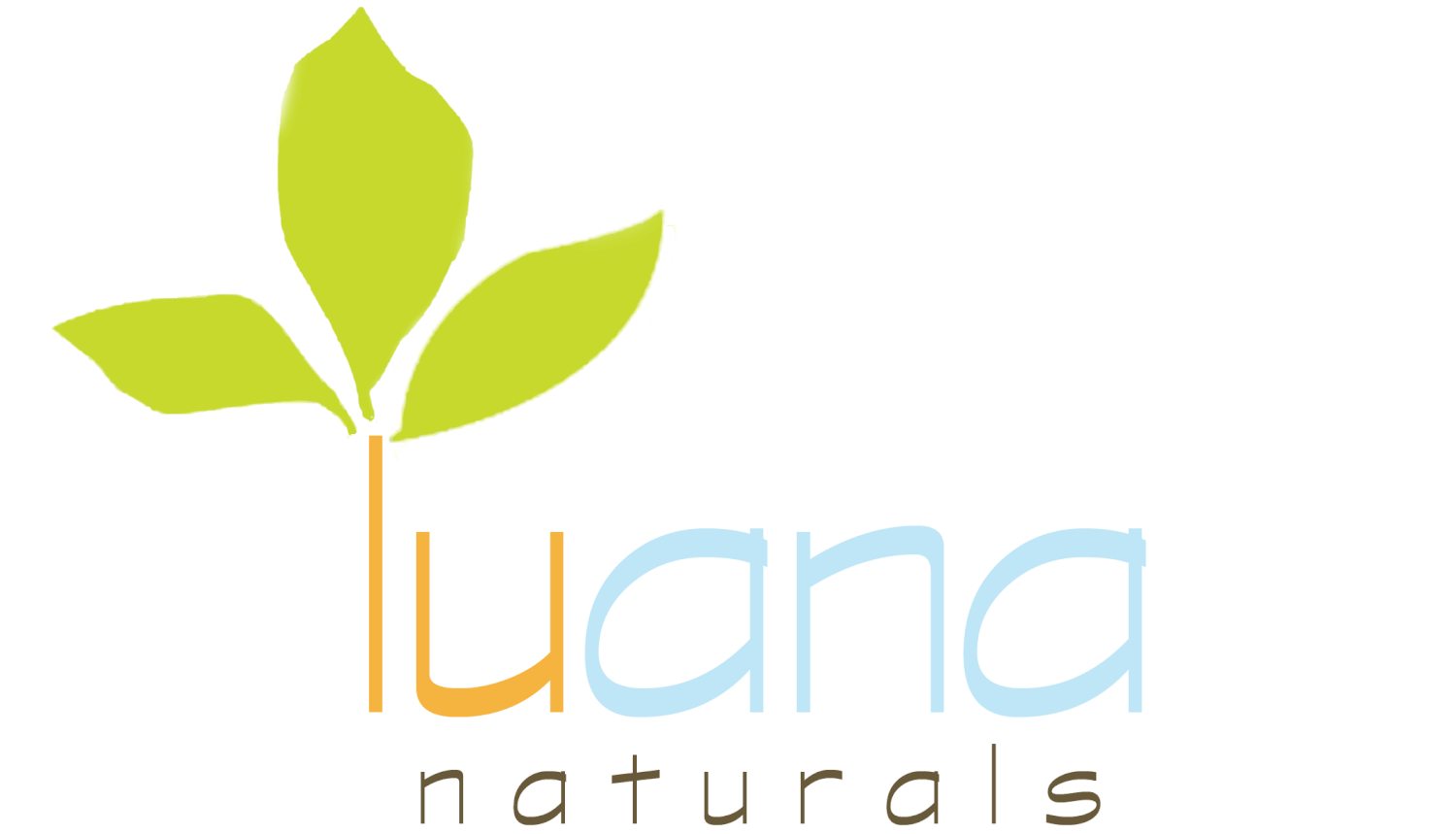The industrious bee travels thousands of miles and borrows nectar from millions of flowers to create just one pound of honey. Carrying the nectar they have gathered in a special compartment in their stomach, they transport it to the hive, where they deposit and fan it to evaporate most of the water. This is the process that yields the sweet, concentrated liquid we call honey . . . Mother Nature’s most versatile food.
It is delicious.
It is healing.
It makes our skin glow.
Archeologists and historians believe that honeybees were domesticated in the classical world. Remains of ancient clay and straw hives have been unearthed in present-day Israel, suggesting that commercial honey production is at least 3,000 years old. Even Aristotle recommended honey as a salve to heal wounds. And it is believed that Alexander the Great was buried in a coffin filled with honey in order to preserve his body for eternity. Once beauty’s best-kept secret, honey is generating a bit of buzz in the industry today.
This elixir contains amino acids, vitamins, minerals, probiotics, and powerful enzymes whose antimicrobial properties help to break down dead skin so it can be sloughed away. Honey can soothe a sore throat, improve sleep and relaxation, aid in healing minor abrasions, and cleanse and moisturize our face, body, and hair. Its smooth, thick texture gently exfoliates, keeps moisture close to the skin, and protects the body.
The bees provide us with another potent beauty product - beeswax. An additional example of dedication and hard work, as each bee must eat 8-10 pounds of honey and fly the equivalent of six orbits around the earth to produce one pound of wax. A natural secretion from bees’ mirror glands, beeswax is the building material for the hexagonal structures of the honeycomb. Just as the beeswax provides structure and support to the hive, it can also do the same thing for our body. Beeswax provides a protective barrier to hold water close to the surface of the skin, making it beneficial for dry and damaged areas. Until the use of petroleum in the 1950s, beeswax and honey made the near-perfect base for most beauty products.
With bee populations diminishing due to viruses against which they have no natural defense, individuals are galvanized to cultivate and sustain them. Nearly all colonies in the wild have died out and without beekeepers to care for them, honeybees could disappear in a few years. Their importance to planetary and human health cannot be underestimated. Encourage honeybees to your garden by cultivating single flowering plants, herbs, and vegetables. Perhaps, build a backyard, top-bar hive that allows the bees to come and go as they please, does not separate the queen from the hive, and allows for the construction of a more natural shaped honeycomb. Think of the honey you could sustainably and responsibly produce for your family’s needs.
Lastly, not all honey is considered equal. Be sure to purchase raw, unheated, organic honey if you want all the beneficial nutrients. Stay away from the generic grocery store “honey bears,” which are more often than not merely colored, artificially flavored corn syrup. Better to shop at your local health food store or farmers market and support the local beekeepers.
Soft, radiant, and nourished skin is just a few tablespoons of honey away. The beauty of the bees . . . Consider adding honey to your own skin care routine.
Simple Honey Face Wash
1T. raw, organic honey
1t. baking soda
Mix the honey and baking soda together and gently massage onto wet skin. Allow to sit for as long as possible - 15 minutes would be wonderful - 2 minutes will do. Rinse thoroughly with warm water. Enjoy!

